
12 Product Management Memes to Have a Good Laugh
Welcome to the lighter side of product management! Whether you're a seasoned product manager or just starting out in the field, you know that the journey from concept to launch is often a rollercoaster of emotions.
Amidst the roadmaps, user feedback, and sprint planning, it’s important to take a step back and enjoy a good laugh. That's why we've curated a collection of product management memes that perfectly encapsulate the joys, the frustrations, and the downright hilarity that come with the territory.
So, grab your favorite snack, take a brief pause from analyzing that data, and dive into some humorous takes on the world of product management that will surely have you chuckling in recognition.
#1 Where do you keep all customer feedback?
Are you still keeping all the customer feedback, feature requests, ideas, team feedback, bugs reported, and user suggestions scattered across multiple spreadsheets? Tired of losing track of valuable customer insights?
Gather prioritized feedback from your customers and teammates – all in one place using Rapidr. Understand what really matters to your business and customers with a centralized customer feedback management system.
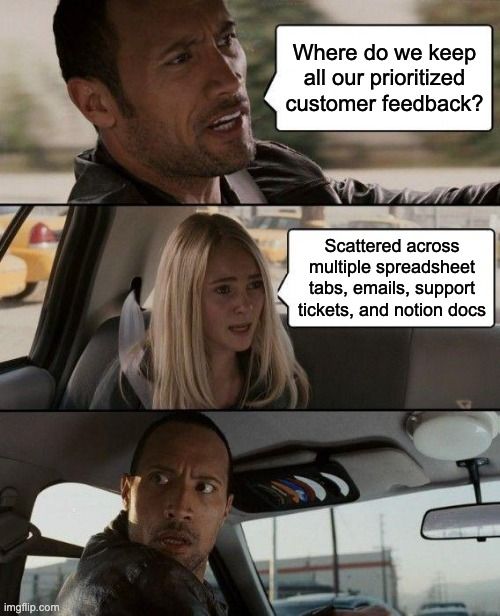
#2 Do you prioritize features without listening to users?
A product manager should ideally never prioritize features and ideas without considering user feedback. Doing so would risk the product's relevance and value to the target audience.
By not listening to users, product managers run the risk of developing features that may not be adopted or appreciated, thus not only wasting development time and financial resources but also potentially harming the product's reputation and future market performance. It is one of the biggest mistakes product teams usually make.

#3 Are you still sending automated replies to valuable customer support emails?
No, relying solely on automated replies for valuable customer support emails is not the best practice. As a product manager, leveraging a feedback management system to collect and organize customer feedback effectively is crucial. By using such a system, you can ensure that every piece of feedback is acknowledged and considered.
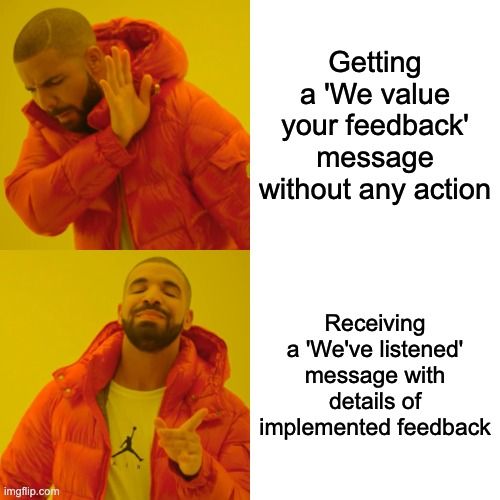
Additionally, keeping customers informed about the status of their feedback and how it influences the product roadmap is essential. This can be done by sending updates through the feedback tool itself, which often includes features for sharing roadmap developments and feedback statuses. This approach improves customer satisfaction by making them feel heard and helps PMs prioritize and make data-driven decisions that align with user needs.
#4 Are your customers still waiting for an update on their feedback requests? Close the feedback loop.
Closing the feedback loop is important to customer relationship management and product development. When customers provide feedback, they invest their time in the hope that it will lead to improvements or changes that benefit them.
If customers are left waiting for an update on their feedback requests, it can lead to frustration and a feeling of not being valued. This can ultimately harm the product's reputation and the company's relationship with its customers. Product teams without a feedback management system fail to maintain a transparent product roadmap and risk leaving customers feeling ignored when there is no follow-up on their feedback. See these top companies using customer feedback for growth.
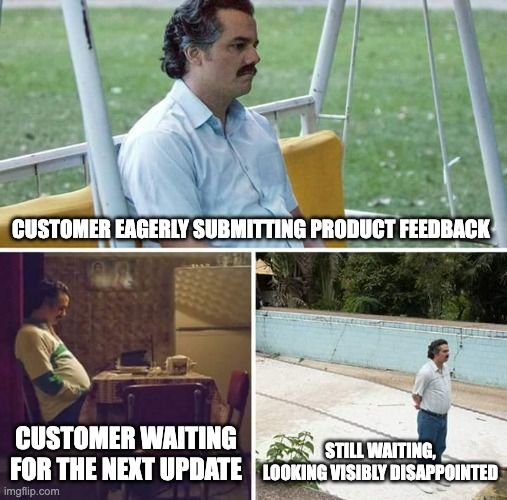
To mitigate this, it is essential to establish a feedback system for tracking feedback, acknowledge its receipt, provide regular updates on the review and implementation process, and clearly communicate why certain feedback may not lead to changes.
Even without a public roadmap, internal tracking can help prioritize customer input and ensure it informs product development. Closing the feedback loop is critical; customers should be informed when their suggestions are implemented or given a clear explanation if they are not, fostering trust and engagement.
#5 Don't know how to say no to customer feature requests?
Saying "no" to customer feature requests is an integral part of product management, albeit challenging. Product managers often struggle with declining customer feature requests, but it's crucial to communicate decisions transparently to avoid leaving customers in the dark.
A constructive approach is to acknowledge and thank the customer for their suggestion, explain why the feature cannot be implemented now, and offer insight into the product's current direction and priorities. This helps manage expectations and maintains a positive relationship with the customer, showing that their input is valued even when it doesn't result in immediate action. Keeping an open line of communication is key to ensuring customers feel heard and respected.

#6 Product teams releasing features without talking to users first.
When product teams release features without first consulting users, they risk missing the mark on user needs and preferences. This approach can lead to wasted resources and disappointing user experiences. By incorporating user feedback into the development process, teams can create more customer-centric products, fostering satisfaction and loyalty among their customer base.
Incorporating a feedback tool like Rapidr can help bridge the gap by facilitating ongoing dialogue with users. This allows teams to gather valuable insights, prioritize feature development based on actual user demand, and iterate on their product to align with customer expectations, ultimately leading to more successful and user-centric product updates.
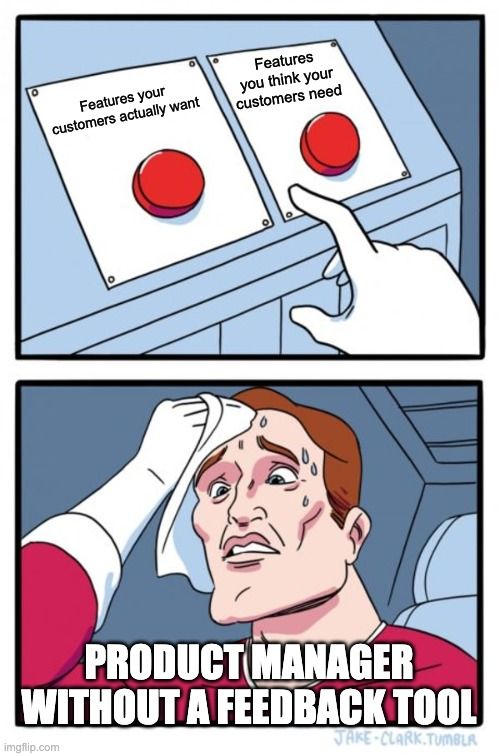
#7 Why should product teams use a feedback management system?
Product teams should use a Feedback Management System because it is a centralized repository for capturing, organizing, and analyzing customer feedback, ensuring no valuable insights are missed or disregarded.
When customers actively communicate their needs and expectations, it's crucial for product managers (PMs) to accurately prioritize and address these requests to improve the product in line with what users truly want. Without a proper system, PMs might proceed with features that are misaligned with customer needs, leading to wasted development efforts and potential dissatisfaction.
A feedback tool enables PMs to systematically prioritize feedback based on various factors such as customer impact, frequency of requests, and alignment with the product's strategic direction. This ensures that the most valuable features are developed first, fostering customer satisfaction and loyalty and ultimately contributing to the product's success.
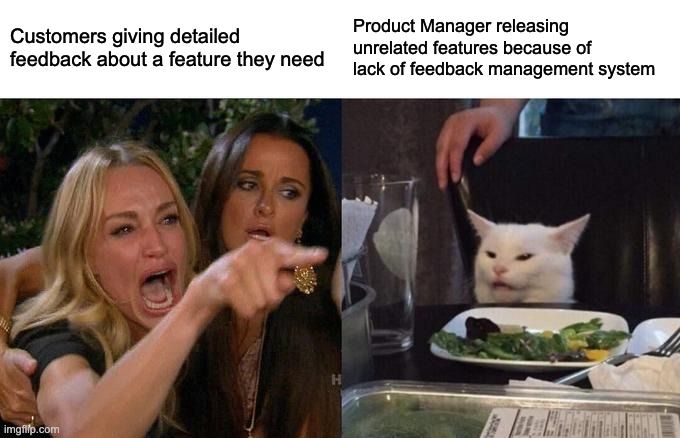
#8 Product teams working on new features instead of following prioritized backlog items.
When product teams focus on new ideas instead of following a prioritized product backlog, it can misallocate resources and derail the product from its strategic goals. This ad-hoc approach can cause important and high-impact backlog items to be neglected, potentially frustrating customers who are waiting for these enhancements.
Using a feedback management tool with features like voting and customer segmentation into meaningful groups to prioritize and identify critical feedback and provide valuable insights into what users truly want. By leveraging such a tool, teams can better understand which requests to prioritize, ensuring that development efforts are aligned with customer needs and the product's overall vision, thereby improving satisfaction and driving the product's success.
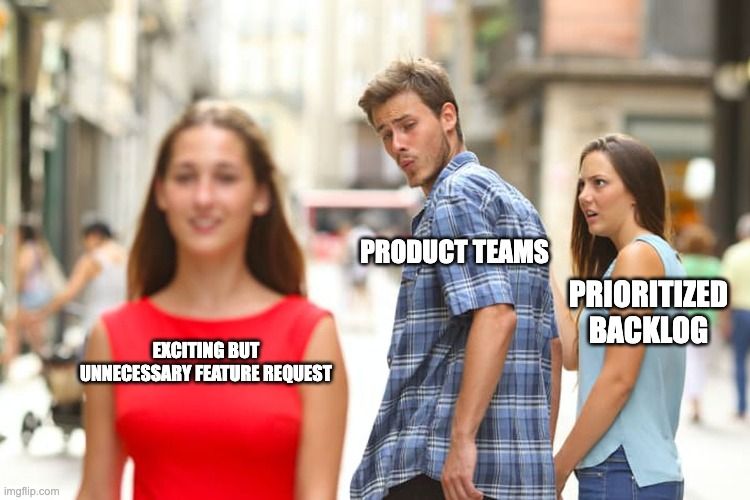
#9 Only listening to one loud customer when building product strategy instead of a wider customer base.
Listening exclusively to one vocal customer when shaping product strategy can skew the product's development in a direction that may not serve the broader customer base.
This approach risks overlooking the diverse needs and feedback of other users, potentially leading to a product that caters to the specific demands of a single customer rather than addressing the common requirements of the market. Effective product strategy should be informed by a representative sample of customer insights to ensure that sprint planning and feature prioritization align with the wider audience's needs, driving broader satisfaction and success for the product.
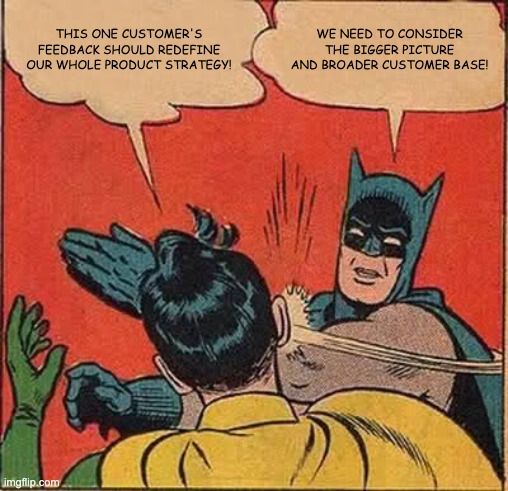
#10 No Public Product Roadmap.
Not maintaining a public product roadmap can lead to a disconnect between product teams and users, as it hinders transparency and fails to show how user feedback is being incorporated into the product's evolution.
Without a visible product changelog, users may not be aware of new features, improvements, or fixes, potentially causing frustration and a sense of detachment. This lack of open communication can result in missed opportunities for building user trust, fostering community engagement, and enabling users to see how their contributions shape the product's future.
It's important for product teams to consider the benefits of sharing their roadmap and changelog to cultivate a collaborative and informed user base.
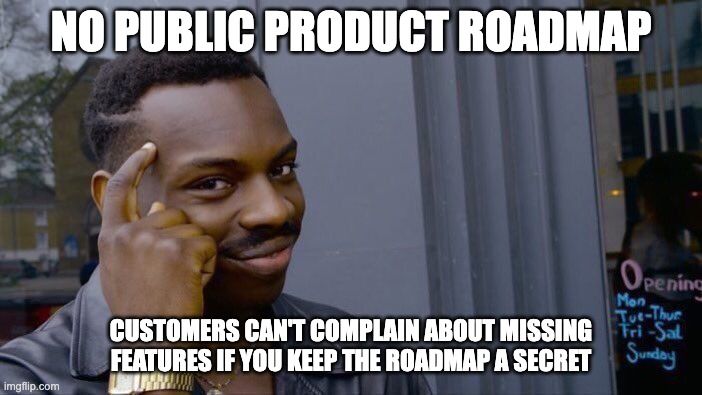
#11 Building features without listening to customers.
Building features without listening to customers can lead to a product that doesn't meet market needs, bypassing the critical insights that users can provide about their challenges and preferences and user pain points altogether. This approach risks creating a disconnect between the product's functionality and what users actually want or need, potentially resulting in poor adoption, wasted development efforts, and a lack of customer satisfaction.
Engaging with users and incorporating their feedback is essential to ensure that the product development and product research are aligned with user expectations and that the added features enhance the user experience and add value to the product.
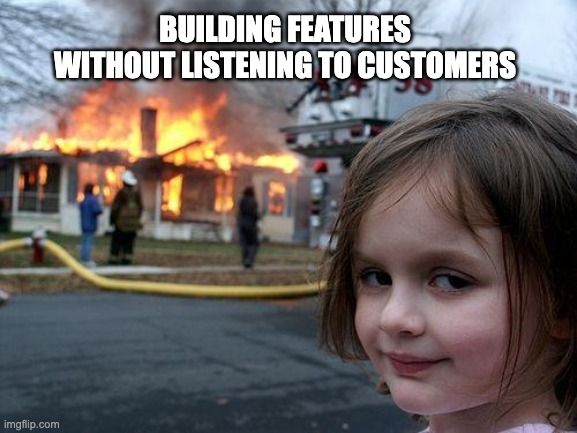
#12 When stakeholders want the moon, realistic deadlines are already in orbit.
When stakeholders continue to demand new features or changes despite realistic deadlines already set by a product manager, it creates a challenging environment where the balance between stakeholder expectations and achievable goals is at risk.
The product team must navigate these demands carefully, employing strong communication and negotiation skills to manage expectations. It's essential to reaffirm the established deadlines, provide clear rationales for them, and illustrate the consequences of overloading the team or compromising quality. Prioritization frameworks, such as MoSCoW or the Eisenhower Matrix, can be useful tools for aligning stakeholder demands with the project's capacity, ensuring that the most critical features are delivered on time while setting realistic timelines for additional requests.
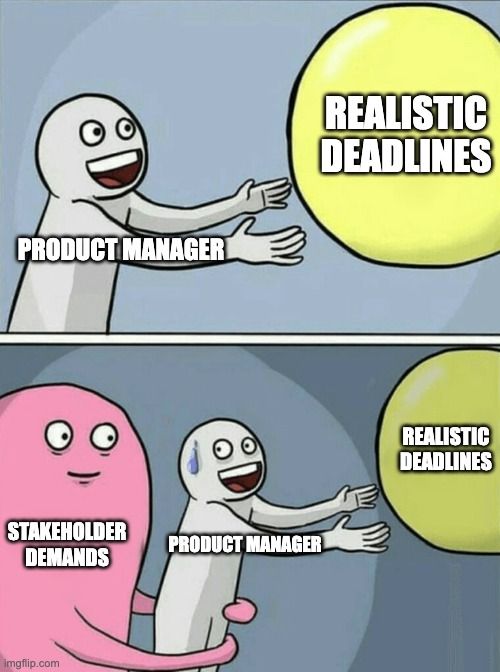
Conclusion
As we wrap up this entertaining journey through the world of product management memes, we hope that you've found a little bit of joy and a much-needed break from the hustle of your daily tasks. It's important to remember that while our roles require us to be on top of our game, navigating complexities and pushing boundaries, the moments of shared laughter and camaraderie keep the team spirit alive and thriving.
So next time the going gets tough, or you're about to face another unexpected product twist, return to these memes for a quick smile or a hearty laugh. Keep them handy for your next team meeting, or share them with your colleagues to spread the cheer. After all, a good laugh is a secret ingredient that makes any product management challenge a little more manageable.
Collecting actionable customer feedback will improve your services and products and make customers feel valued and vital. Rapidr helps companies be more customer-centric by consolidating feedback across different apps, prioritizing requests, having a discourse with customers, and closing the feedback loop. Sign up for Rapidr and get a free trial.

